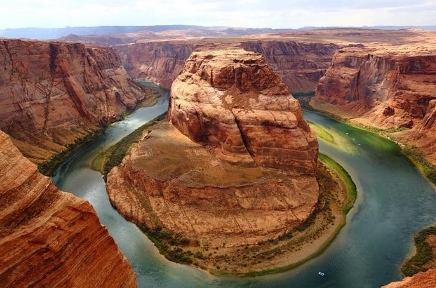Unraveling the Mysteries of Earth’s Dynamic Landforms: A Dive into Physical Geomorphology
Physical Geomorphology: What is it?
Physical geomorphology is the study of Earth’s landforms and the processes that shape them. It focuses on understanding the dynamic forces at work on the planet’s surface, such as erosion, weathering, tectonic activity, and sedimentation.
The Power of Water: Erosion and Deposition
One of the most powerful forces shaping Earth’s landforms is water. Rivers, streams, and oceans play a crucial role in eroding rocks and reshaping the landscape. Water also carries sediment and deposits it in new locations, creating deltas, beaches, and alluvial plains.
The Force of Ice: Glacial Sculpting
Glaciers are massive rivers of ice that move slowly across the landscape, carving out valleys, fjords, and moraines. Glacial erosion can create dramatic features like cirques, horns, and U-shaped valleys. As glaciers retreat, they leave behind evidence of their passage in the form of glacial erratics and striated bedrock.
The Impact of Wind: Aeolian Landforms
Wind is another important agent of erosion and deposition, especially in arid regions. Sand dunes, desert pavements, and ventifacts are all examples of landforms shaped by the action of wind. Aeolian processes can also create features like hoodoos, yardangs, and sand seas.
The Influence of Gravity: Mass Movements
Gravity plays a crucial role in shaping Earth’s landforms through mass movements like landslides, rockfalls, and slumps. These processes are triggered by factors such as slope angle, water saturation, and seismic activity. Mass movements can reshape mountainsides, carve out valleys, and alter the course of rivers.
Tectonic Forces: Collision and Uplift
Tectonic activity, driven by the movement of Earth’s lithospheric plates, can create some of the most dramatic landforms on the planet. Folded mountains, fault-block mountains, and volcanic islands are all the result of tectonic forces at work. Earthquakes, tsunamis, and volcanic eruptions are also manifestations of the ongoing dynamic processes shaping Earth’s surface.
In conclusion, physical geomorphology offers a fascinating window into the intricate processes that have shaped Earth’s landforms over millions of years. By studying these dynamic forces, scientists can gain a deeper understanding of the planet’s geological history and the ongoing processes that continue to shape its surface.

